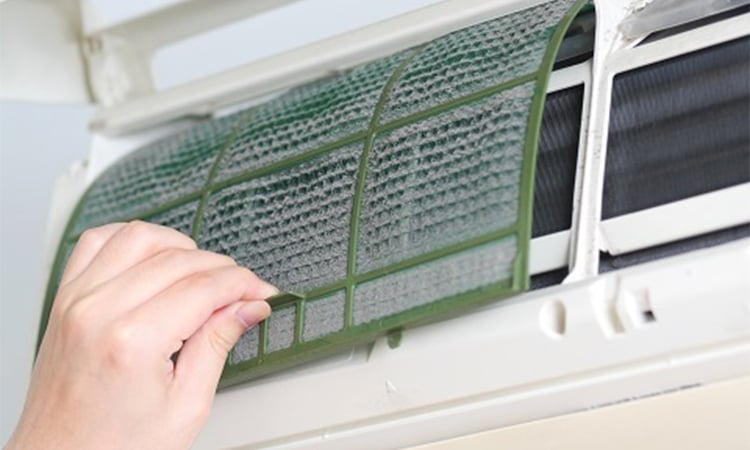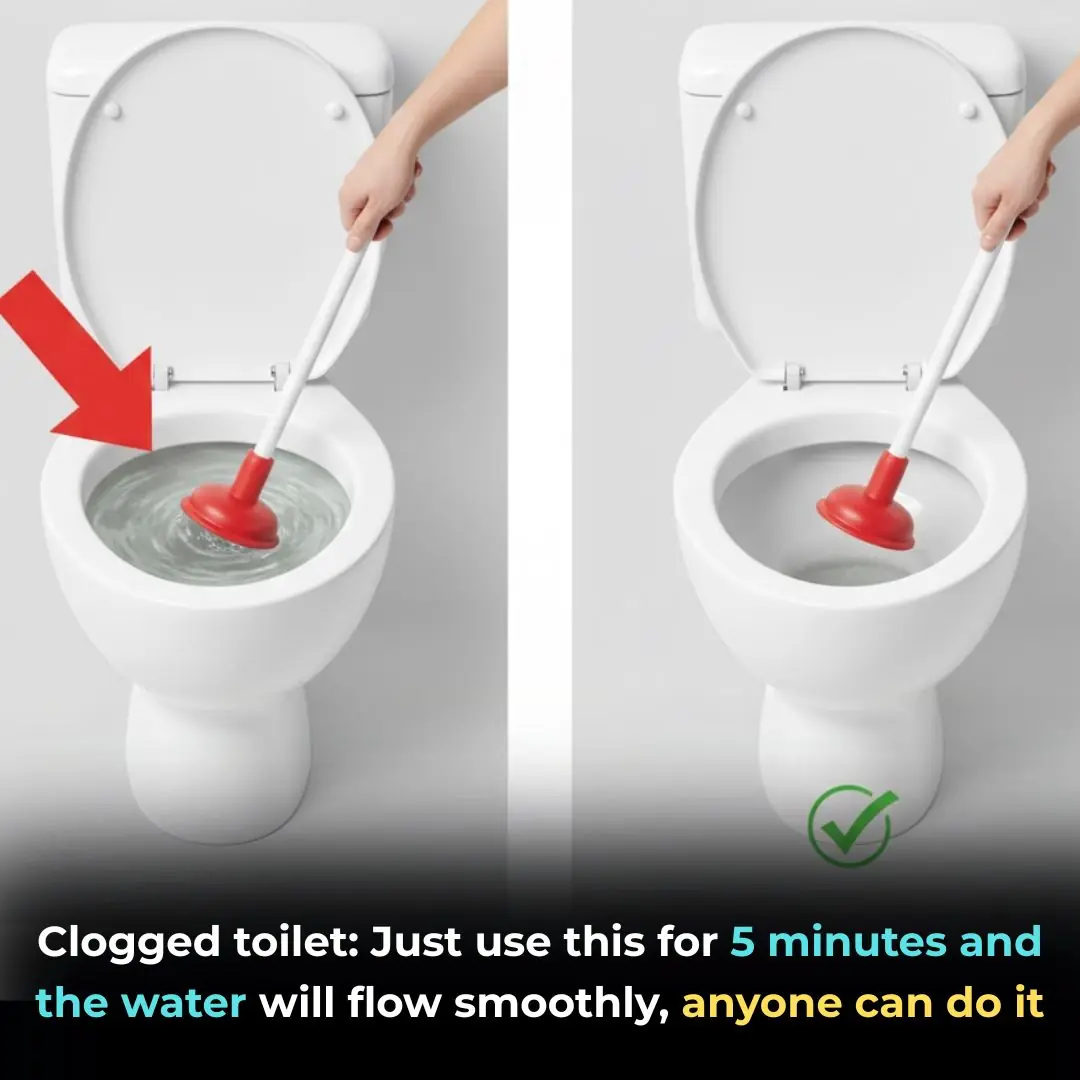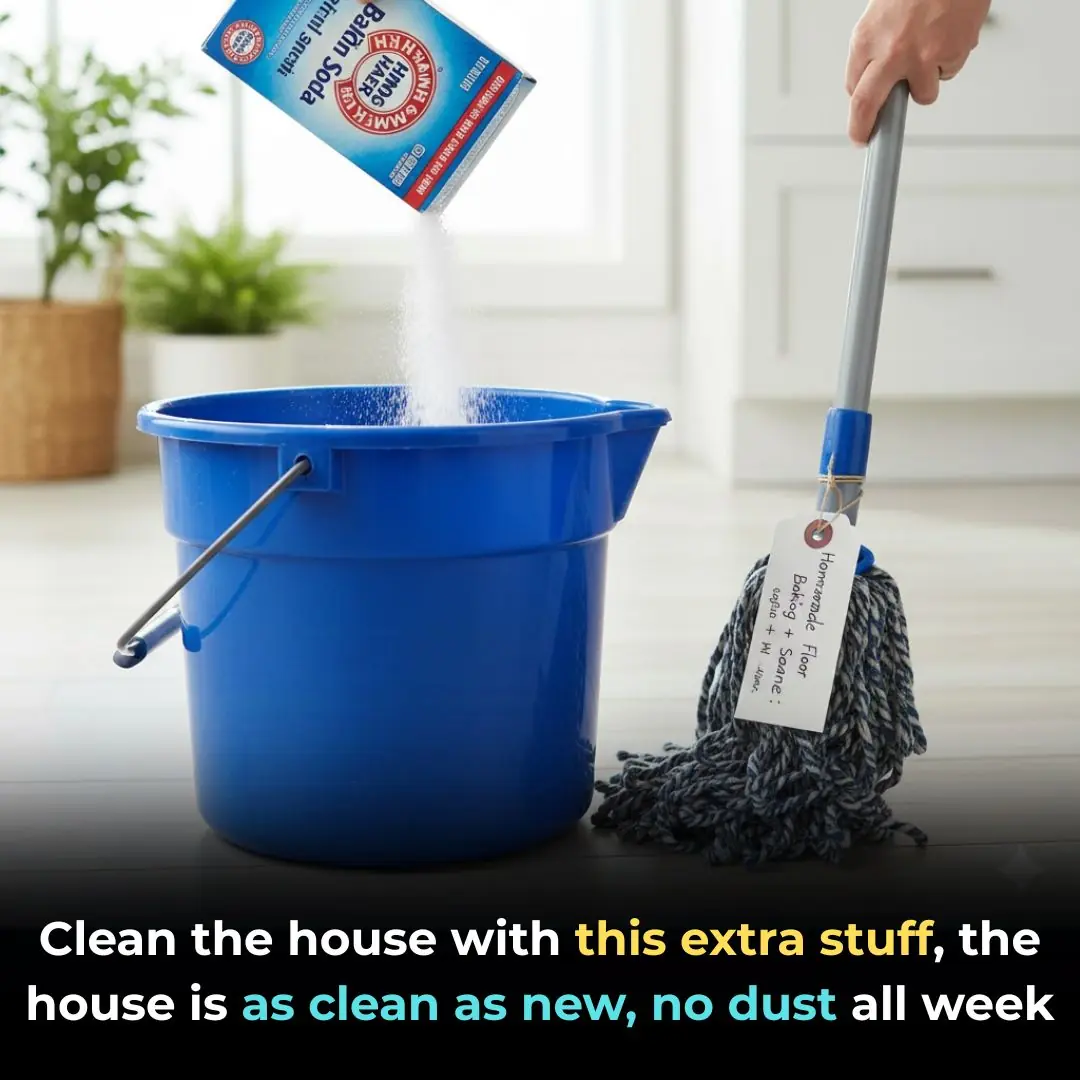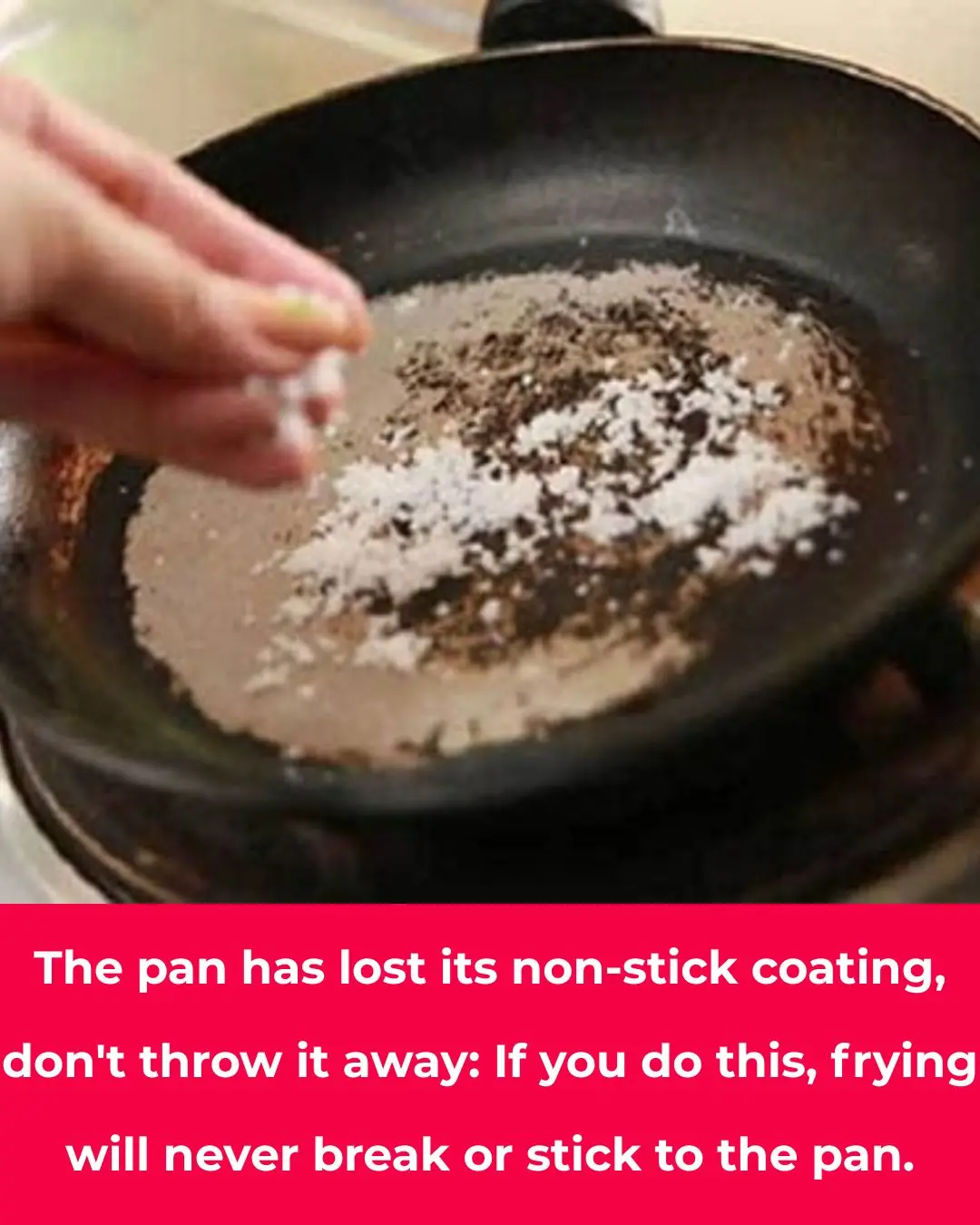
Air Conditioner Blows Air but Doesn’t Cool? Try This Simple Fix Before Calling a Technician

During the hot summer months, the air conditioner is one of the most important appliances in the home. However, many people encounter a frustrating situation: the AC is running and blowing air, yet the room remains hot and uncomfortable. Even after setting the unit to Cool mode with the lowest temperature and strongest fan speed, the air still feels warm.
The Hidden Reason Behind “Air but No Cool”
According to long-time technicians and appliance distributors, the most common cause of this issue is a dirty air filter. Over time, dust and debris accumulate on the filter mesh, blocking airflow between the indoor and outdoor units. When airflow is restricted, the system struggles to circulate cool air efficiently, leading to weak or no cooling.
A repair shop owner in Hanoi’s Luong The Vinh area shared that around 70% of air conditioners brought in for poor cooling performance are simply suffering from dirty filters and condenser coils.
Why Cleaning the Filter Matters
A clogged air filter doesn’t just make your AC less effective—it also makes it work harder, increasing electricity consumption and causing unusual noises during operation. According to a home appliance expert, studies have shown that an air conditioner’s cooling efficiency can drop by about 1% per week if dust is allowed to accumulate on the filter.
In fact, when the filter is heavily coated with dust, airflow can be reduced so much that energy consumption increases by 5–15% compared to a clean, well-maintained system. This means your AC could be consuming more power and producing less cooling — a lose-lose situation.
Regular maintenance not only helps keep your room comfortably cool but also extends the life of your unit and reduces the likelihood of costly repairs.
How Often Should You Clean the Air Filter?
Experts recommend that homeowners clean the filter every 3–4 months if the air conditioner is used daily. For occasional use, cleaning it every 6 months may be sufficient.
However, for offices, restaurants, or factories—where air conditioners operate for long hours in dusty environments—filters should be cleaned at least once a month to maintain optimal performance.
Step-by-Step Guide to Cleaning Your AC Filter
If your air conditioner isn’t cooling as well as it used to, try inspecting and cleaning the filter yourself before calling a technician. The process is simple, safe, and can be done with basic household tools.
Step 1: Turn Off the Power Completely
For safety, switch off the circuit breaker or unplug the air conditioner before cleaning. This ensures no electrical risk during the process.
Step 2: Open the Front Panel
Lift the front cover of the indoor unit and carefully remove the filter screens. Most indoor units have two removable mesh filters.
Step 3: Wash the Filters
Use a soft brush or mild soap with water to clean off the dust. Avoid using excessive force to prevent tearing the mesh.
Step 4: Dry the Filters
Wipe the filters with a dry cloth or allow them to air dry completely before reinstalling. You can also use a dry brush or vacuum cleaner to remove dust from other internal areas of the unit.
Step 5: Reinstall the Filters
Once the filters are dry, place them back into their original positions and close the front panel securely.
After finishing the cleaning process, turn the power back on and test the air conditioner. You’ll likely notice a stronger airflow and cooler temperature almost immediately.
When to Call a Technician
If, after cleaning, your air conditioner still doesn’t cool properly, there may be other underlying issues such as low refrigerant levels, blocked condenser coils, or a faulty compressor. In such cases, it’s best to contact a qualified technician to inspect and service the unit.
However, by keeping the filters clean and performing routine maintenance, you can prevent most cooling problems from occurring in the first place.
Additional Maintenance Tips for Better Cooling
-
Keep doors and windows closed while the AC is running to prevent warm air from entering the room.
-
Avoid setting the temperature too low; 25–26°C (77–79°F) is ideal for comfort and energy savings.
-
Clean the outdoor unit regularly to remove leaves, dirt, or debris blocking airflow.
-
Schedule a professional deep cleaning once a year to ensure all components, including the evaporator and condenser coils, remain dust-free.
The Bottom Line
If your air conditioner is blowing air but not cooling, don’t panic or rush to call a repair service right away. Often, the solution is as simple as cleaning the air filter—a quick, cost-free fix that can make your unit feel “ice-cold” again.
With regular care and maintenance, your air conditioner will not only keep you cool all summer long but also run more efficiently, save energy, and last for years.
News in the same category


Wooden Cutting Board Mold and Odor? Soak It in This “Solution” and It Will Be Spotless

Lard or Vegetable Oil: Which Is Better? Many People Still Misunderstand This Common Cooking Question

Clogged Toilet? Try This Simple Trick and It’ll Flush Smoothly in Just 5 Minutes — No Plumber Needed

I had no idea about this

I had no clue about this

Put lemon and baking soda in a glass and place it in a room you frequent. Here’s why

Stop refrigerating these 10 fruits

The volume buttons on your phone aren't just for sound.

The mop soaks this into the water.

How to cook sticky rice without soaking the rice overnight

The pan has lost its non-stick coating, so don't throw it away

Boil green bananas this way

Why Flight Attendants Often Carry a Banana on Board: The Surprising Benefits

Don’t Toss Your Lemon Peels! 8 Smart Ways to Save Money and Make Life Easier

Why Sleeping in Socks Might Be the Secret to Better Sleep

The secret to making your own tomato sauce at home

Throat Pain Leads to a Shocking Diagnosis: Man Discovers Late-Stage Stomach Cancer and Blames Two Hidden “Culprits” in His Kitchen

2 Signs of Kidney Damage: Morning Urine Showing These Signs Means You Should See a Doctor Immediately
News Post

Senna Alexandrina: 7 Benefits and uses

Ginger and Orange Detox Drink – Cleanse Kidneys, Liver, and Lungs Naturally

The Purple Maguey Plant — Benefits and Traditional Uses

Don’t Throw Away Banana Peels! Keep Them for These Surprisingly Useful Purposes

Wooden Cutting Board Mold and Odor? Soak It in This “Solution” and It Will Be Spotless

Lard or Vegetable Oil: Which Is Better? Many People Still Misunderstand This Common Cooking Question

Clogged Toilet? Try This Simple Trick and It’ll Flush Smoothly in Just 5 Minutes — No Plumber Needed

I had no idea about this

Majority Don’t Know What This Sign Means

I had no clue about this

Have $2 bills? Their value might surprise you!

Put lemon and baking soda in a glass and place it in a room you frequent. Here’s why

You’re Doing It All Wrong: Here’s the Right Time to Pick Tomatoes

7 Health Problems That Can Arise If You’re Lazy About Drinking Water

10 Foods Cancer Cells “Love” – and Why Eating Them Daily Could Be Risky

Is Eating Spicy Food Every Day Good for You? Surprising Effects of Chili on the Heart, Blood Pressure, and Longevity

If You’re a Gardener, Here’s Why You Should Collect as Many Pine Cones as You Can

You’re Doing It All Wrong. Here’s the Right Time to Actually Pick Tomatoes
